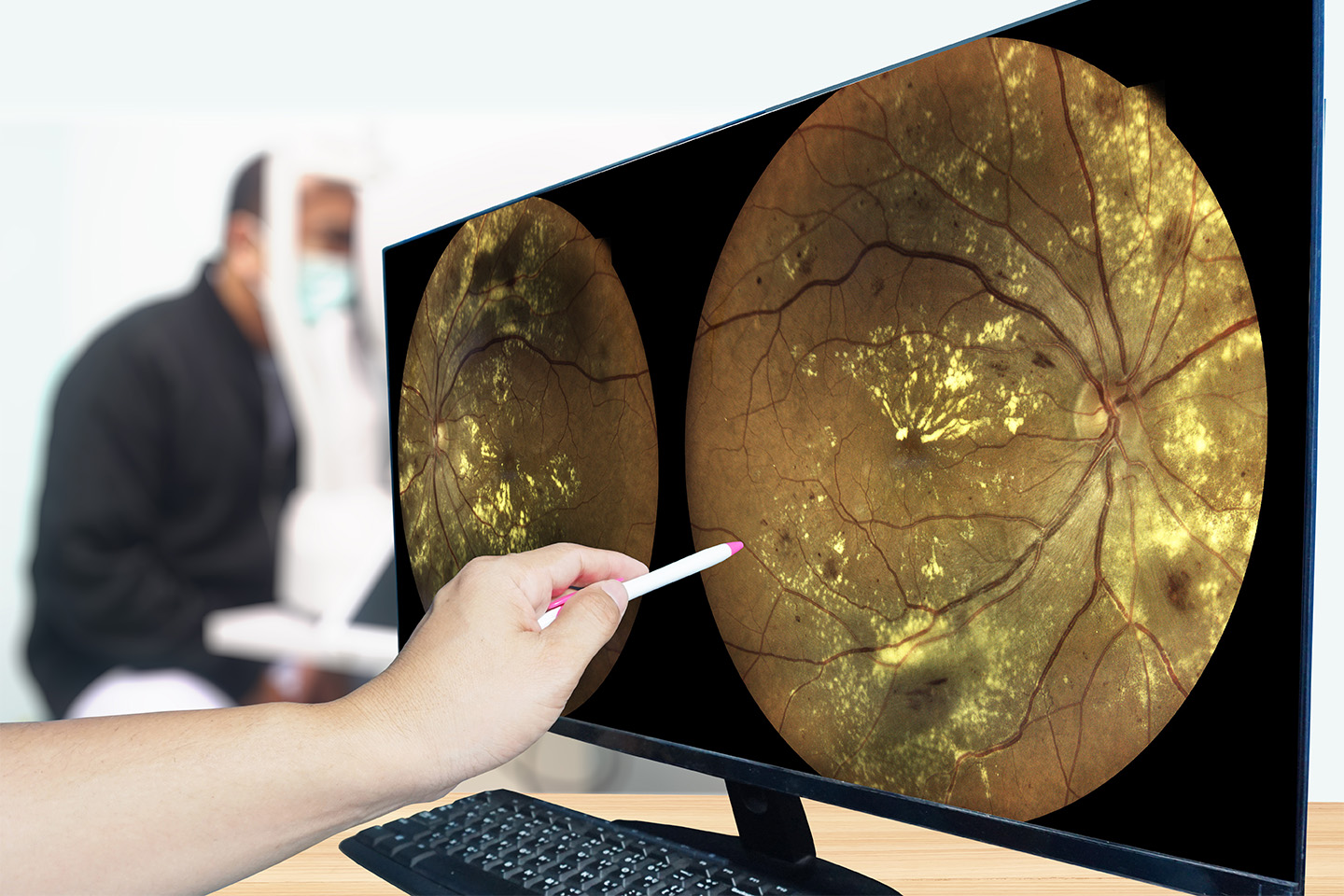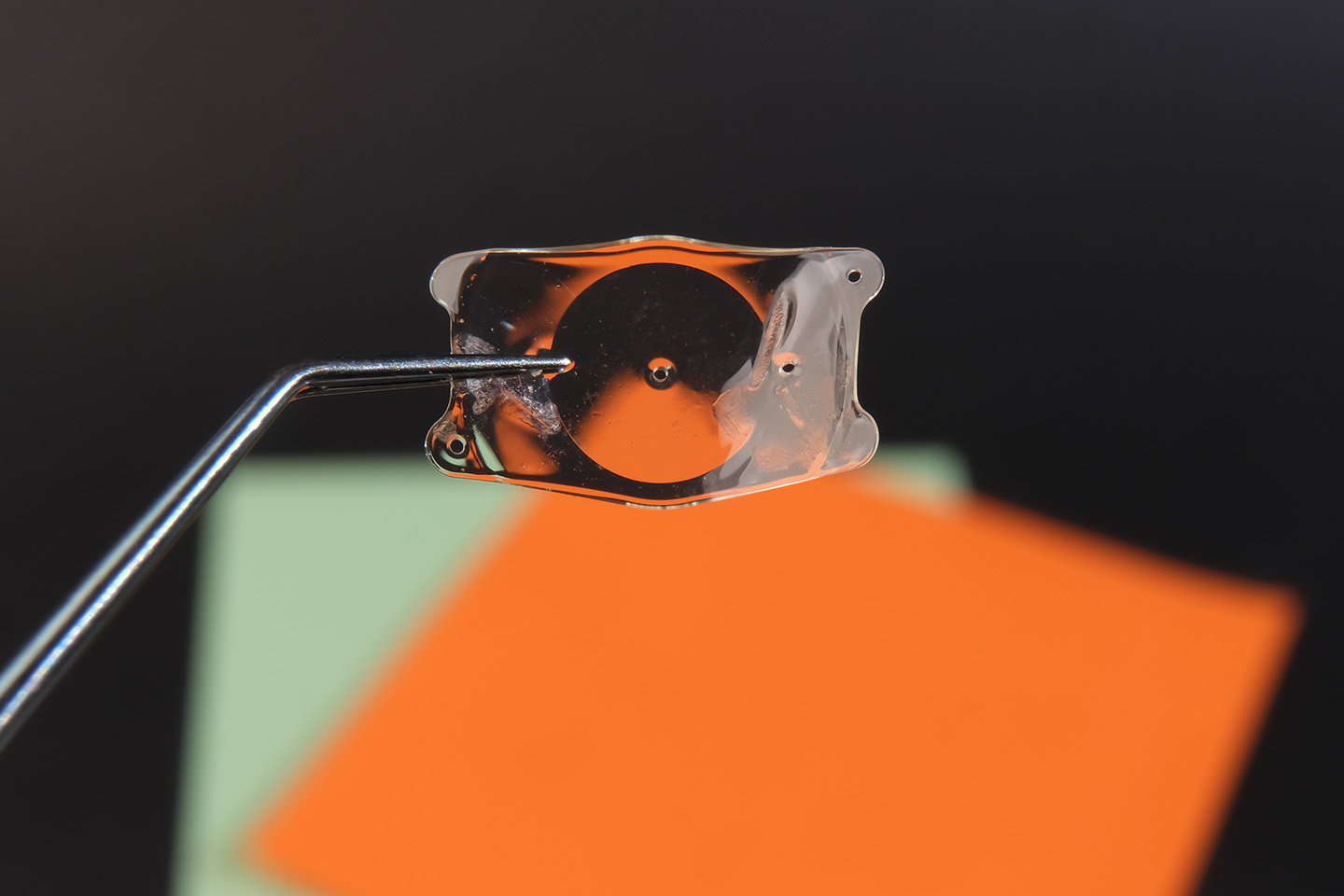How Successful is Clear Lens Exchange? Expert Insights from an ICON Eyecare Ophthalmologist.

With the expanded availability of equipment, innovations in phacoemulsification techniques and artificial lenses, and a growing aging population, the popularity of clear lens exchange (CLE) has significantly increased in recent years. At ICON Eyecare in Denver, we often recommend it for patients who meet specific criteria and may not be well-suited for laser refractive surgery such as LASIK or photorefractive keratectomy (PRK). CLE offers a reliable path to long-term vision correction with considerable advantages, a low risk of complications, and high success rates.
What is CLE?
CLE, also known as refractive lens exchange (RLE), aims to improve vision and reduce or eliminate reliance on corrective eyewear. It’s often an ideal procedure for individuals who wish to correct presbyopia or moderate to severe degrees of refractive errors such as myopia, hyperopia, or astigmatism. Similarly to cataract surgery, CLE involves an eye surgeon removing the eye’s natural lens and replacing it with an artificial intraocular lens (IOL); however, no cataracts are present with CLE.
Contributing Factors to CLE’s Success
Most studies show an average CLE success rate of more than 90% with substantial improvement in visual acuity, especially in people with high degrees of farsightedness or presbyopia. Millions of people achieve 20/20 vision after CLE. However, results may vary based on patient candidacy, accuracy of IOL selection, post-operative care, and eye surgeon skill. Generally speaking, a lens replacement surgery like CLE is a quick, safe, and comfortable procedure and an effective and reliable alternative to laser eye surgery. Our eye surgeons at ICON Eyecare believe several benefits contribute to CLE’s high success and satisfaction rates.
Tailored Results for Reduced Dependence on Corrective Eyewear
One of the biggest draws of CLE is the freedom from glasses or contact lenses. With lens technology advancements, IOLs can now address astigmatism with toric lenses or allow for greater visual independence across a range of distances with multifocal lenses, reducing or eliminating the need for reading glasses or bifocals.
Minimal Risk of Regression and Permanent Results
Unlike other refractive surgeries where vision quality may diminish over time, such as LASIK or PRK, the effects of CLE are largely permanent. CLE involves the removal of the eye’s natural lens, so the possibility of regression — the return of vision impairment over time — is minimal. Because of this, CLE greatly reduces the need for future eye surgeries.
Importantly, although IOL exchange procedures are uncommon, they are possible if a patient is experiencing complications with their initial IOL or dissatisfaction with their visual outcomes.
Future Cataract Prevention
CLE replaces the eye’s natural lens with a synthetic IOL and effectively eliminates the risk of cataract development. The dual benefits of immediate vision improvement and future cataract prevention add tremendous value and present a significant advantage for patients.
Risks and Considerations of CLE
Risks associated with CLE are relatively minor in most instances, but as with any surgical procedure, they are possible. Although uncommon, retinal detachment is the most serious of these risks. Other complications can include:
- Posterior capsular rupture
- Posterior capsular opacification, or secondary cataracts
- Infection and inflammation
- Visual disturbances, such as glares and halos
- Temporary or persistent dry eye
While these risks are relatively minor in most instances and can typically be treated with medications or additional surgeries, they must be carefully considered. Understanding that there may be an adaptation period and the importance of appropriate post-operative eye care are critical considerations as well.
As refractive surgeons, we take critical precautions to minimize these risks, including properly sterilizing and using appropriate and advanced equipment, providing essential pre- and post-operative education and guidance, and closely monitoring the patient’s eye health and recovery following surgery.
Request a CLE Consultation at ICON Eyecare
At ICON Eyecare, our entire team — from our front desk teammates and consultation counselors to optometrists and eye surgeons — takes extreme pride in our commitment to patient safety, comfort, and results. We understand the key factors supporting patient-centered care and successful CLE outcomes, including patient selection and education, surgical precision and techniques, and post-operative care and support. Request an appointment today to learn more about CLE, LASIK, PRK, or other refractive surgery options that may be right for you.
About Dr. Eva Kim
Eva Kim, MD, is the Front Range Medical Director for ICON Eyecare and a fellowship-trained uveitis and cornea/external diseases specialist and surgeon specializing in cataract surgery and refractive surgery. She has been named a Top Ophthalmology Doctor by 5280 magazine and is a Fellow of the World College of Refractive Surgery and Visual Sciences.
[DISPLAY_ULTIMATE_SOCIAL_ICONS]







